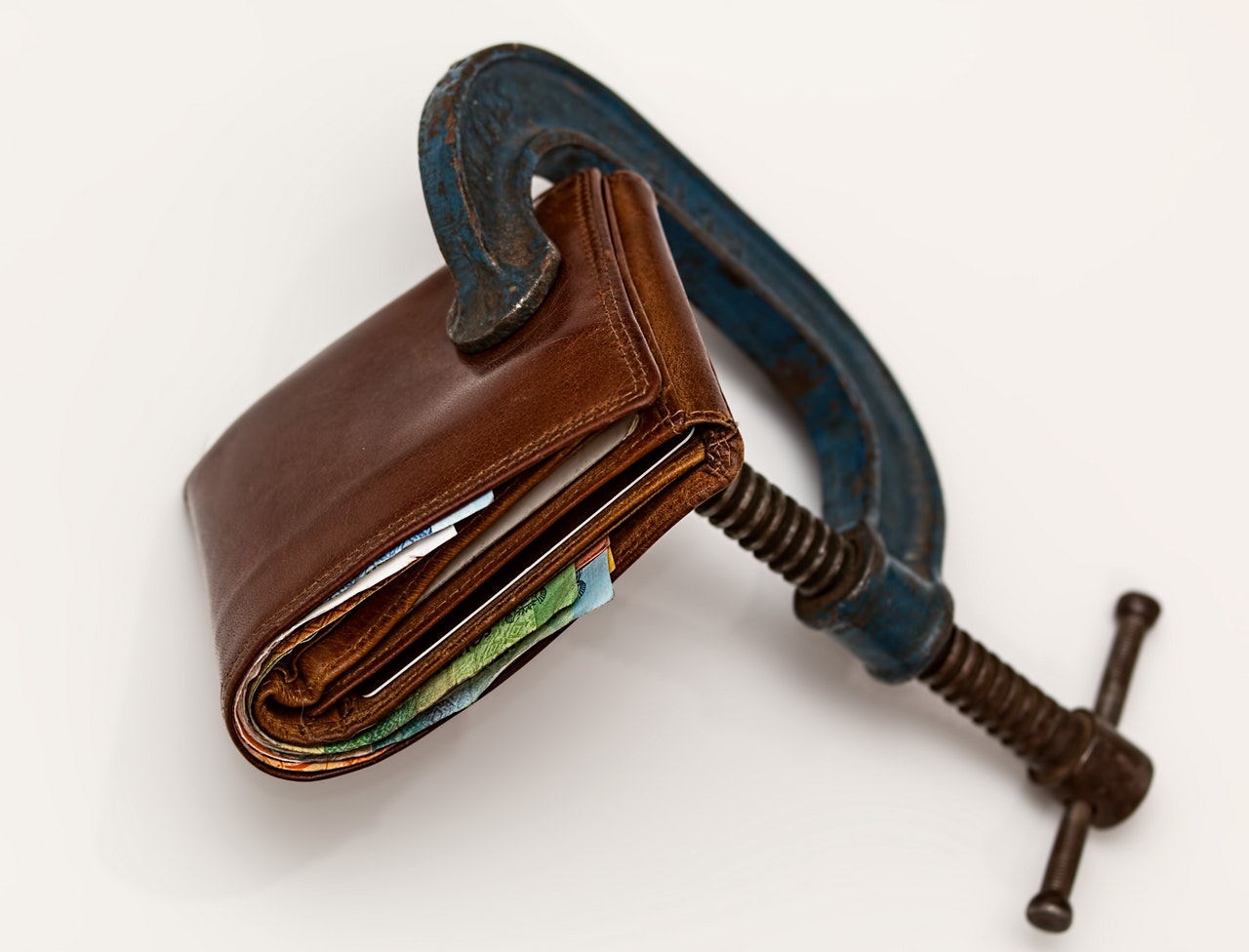Interested in how you’ll feel behind the wheel of your new car but worried about your credit score? Anxious about just how tough the terms might be? Well, we evaluate the process of getting an auto loan with a bad credit focusing on the research required and the background information that will give you an upper hand when approaching the negotiation table.
Understanding Auto Loans in the USA
Automobile loans can be confusing especially when you are faced with bad credit scores. Usually, shoppers are faced with figuring out which one is the best deal on their financing. Understanding all the moving parts including the interest rates and the overall terms of the auto mobile loan is essential for getting the best deal even with a bad credit score.
Automobile financing is understood to be a close-ended credit provided to service the purchasing of a new or used automobile. Products offered during automobile financing include either partial of full coverage for the cost of purchase. Financing usually comes from banks, original equipment manufacturing (OEM) companies, online lenders, and credit unions.
Some of the terms you need to understand to help your automobile loan take shape include the:
Annual Percentage Rate
This is simply the interest rate that will be charged on the original amount borrowed- the principal. Note that most lenders add any closing costs to the principal further influencing just how much you will be repaying at the end of each month.
Term
This is the duration in which the loan will be serviced. Industry trends indicate that auto loan terms are getting longer and longer. This effectively means that the monthly repayments are getting lower and interests higher. Have the lender take you through the duration you are expected to service the loan.
Tips for getting an auto loan with bad credit in the USA
Know your credit score
For lenders to assess your personal credit risk, they rely on your personal credit score. This information is contained in a credit report that details your recent financial history including previous loan payments, credit applications, and bankruptcies.
To take charge of your bad credit, it is advisable to access your overall credit profile. In the United States, this information is available by the top credit reporting bureaus: TransUnion, Experian, and Equifax and scaled based on the FICO methodology. Additionally, you can utilize tools like myBankrate to access your profile all for free.
It goes without saying that you are required to do more than just check your credit score. Take action. Make intentional moves to repair your credit score including making overdue payments. If necessary, seek expert advice all aimed at getting you in a favorable position with auto loan lenders.
Research, research, research
Before you begin to shop for an auto loan or make a final decision on which auto loan fits your needs best, embark on extensive research.
Your first task before approaching a lender is understanding what you can afford. Use online tools like the auto finance calculators to estimate what you can easily pay for. The calculator will provide you with a bigger picture including the loan term, annual percentage rates, and the down payment needed. Input these estimates into an affordability calculator to further breakdown just how much you can spend servicing you automobile loan.
Next is choosing a vehicle. As in most cases, you may want to go with an older model than a newer one with high consumption. Even with budget considerations, make sure you take into account your personal needs and preferences.
Once you have a vehicle in mind, take a look at your insurance options. This will be part of your overall monthly expense so it’s critical to get a gauge on how much you’ll have to pay for insurance on top of your car loan.
Lastly, shop around. Approach banks, credit unions, finance companies, and dealerships just to ensure you get the very best deal. Go online and look through direct-to-consumers lenders.
Down payment plus trade in
When faced with a bad credit profile, choosing to have a hefty down payment and trading in the older automobile may significantly improve your position. By going for either option, you are assured that the principal amount is lowered. Additionally, trading in the old car shows the lender your commitment to the current deal.
Get a cosigner
Nothing improves your position during the negotiations for an auto loan than having a cosigner. The consigner, hopefully one with a better credit profile, serves to improve the lender’s confidence. By cosigning the auto loan, they agree to repay the loan on your behalf in the case that you are incapable of servicing the loan or default.
Find a dealership
The right dealership will mean a swift process. It is important to remember that there is no pressure even with the poor credit profile. Go for reputable firms that are certified. Be upfront with the management and present all documentation. Most importantly, commit to fulfilling your end of your deal.
A bad credit score does not have to mean the end of the road for auto mobile shoppers. With some research, a willingness to correct your credit score and expert advice, you can be on your way to partial or full financing of your automobile.

